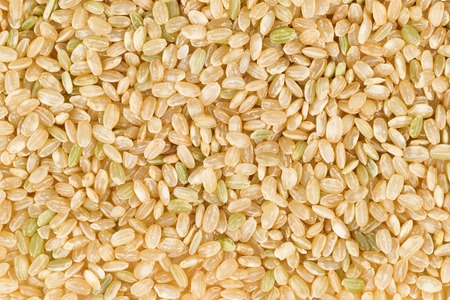
Some Fusarium species which are molds of various crops produce some very nasty secondary metabolites. One in particular is Fusarium graminearum which produces Zearalenone (ZEN). When conditions are damp, of high humidity or wet from rain, these Fusarium molds grow rapidly in the fields producing their toxins. They are a major issue in the storage of crops especially rice (Sun et al., 2017).
Zearalenone is not as toxic as Ochratoxin or Fuminosin because it is not classified for example as especially carcinogenic. This places it in the Group 3 category according to the IARC (IARC, 1993). It is nowadays classified as a nonsteroidal estrogen or a mycoestrogen (Bennet, 2003).
References
, . (2003) Mycotoxins. Clin. Microbiol. Rev. 16 pp. 497–516.
, , , , . (2014) Mycotoxins and their effects on human and animal health. Food Control 36 pp.159–65.
European Food Safety Authority (EFSA). (2011) Scientific opinion on the risks for public health related to the presence of zearalenone in food. EFSA J. 9 pp.2197
International Agency for Research on Cancer (IARC) 1993. Some naturally occurring substances: food items and constituents, heterocyclic aromatic amines and mycotoxins. In: IARC Monographs on the Evaluation of Carcinogenic Risks to Humans, vol. 56. Lyon, France: IARC Press. pp. 245–395.
Sun, X. D., Su, P. and Shan, H. (2017), Mycotoxin Contamination of Rice in China. Journal of Food Science, 82 pp. 573–584. doi:10.1111/1750-3841.13631
Leave a Reply